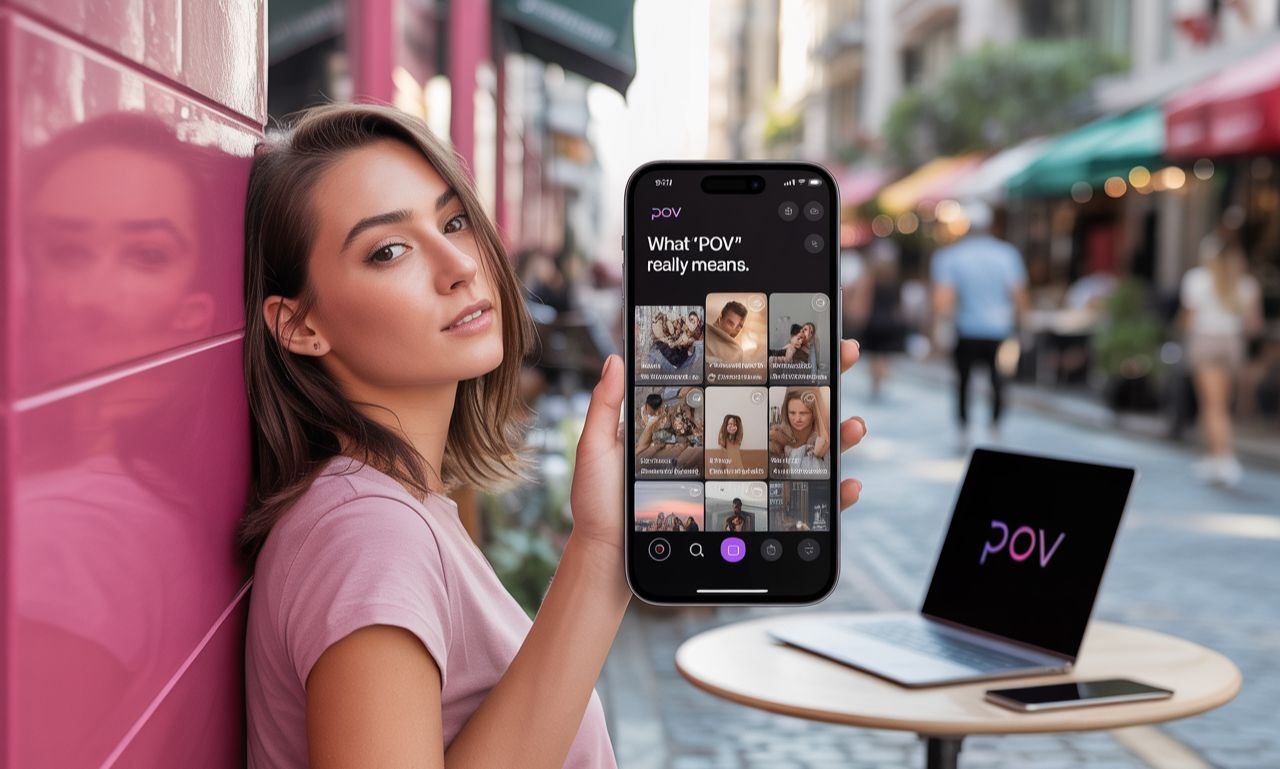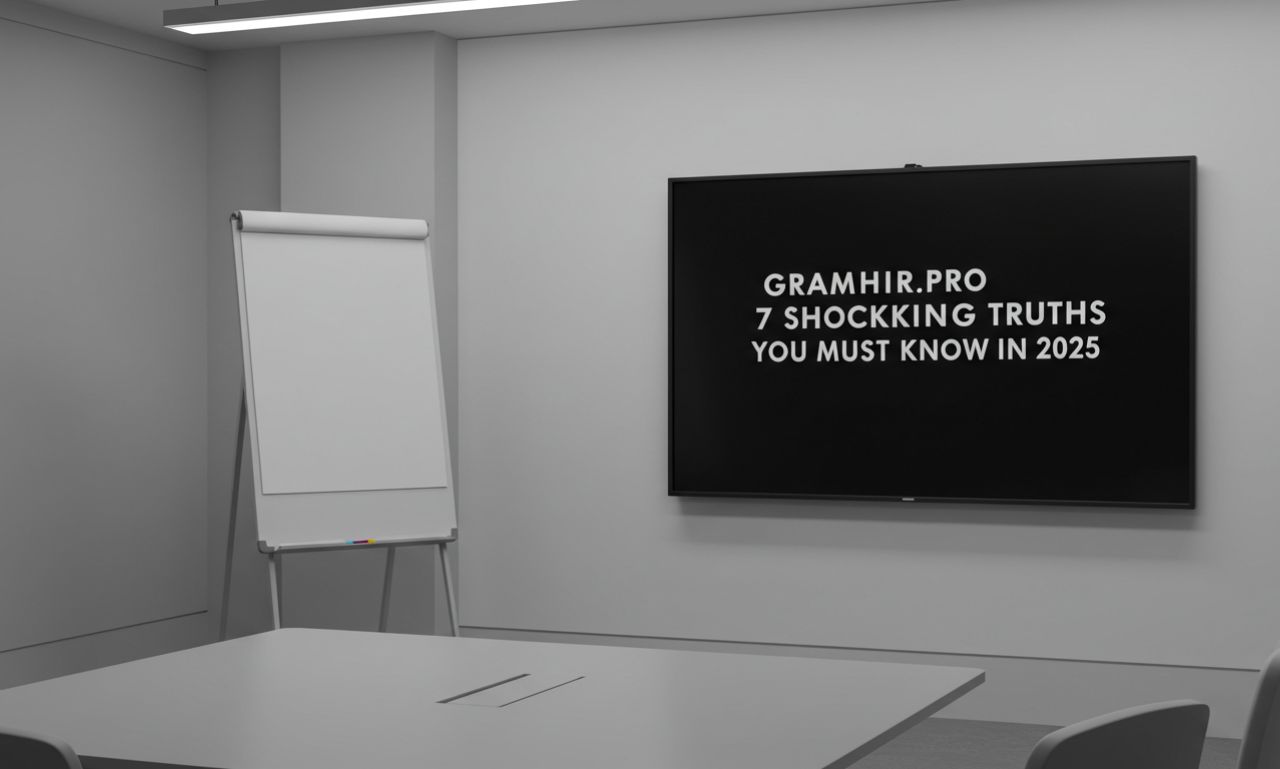Ever found yourself watching a TikTok video or Instagram Reel labeled “POV” and wondered what that actually means? You’re not alone. The acronym “POV” stands for “point of view,” but in the fast-paced universe of online content, it has evolved far beyond its traditional use. Whether you’re a creator, casual scroller, or marketer trying to keep up with trends, understanding the POV meaning in social media is essential. You might also be curious about related terms—check out our guide on What Do POV Mean on Social Media to dive even deeper.
Understanding POV: From Cinema to TikTok
Traditionally, “point of view” has been a storytelling tool in film and literature, providing the audience with a glimpse into a character’s personal experience or internal world. In social content, the essence remains the same—but the execution is different. A POV video is crafted to make viewers feel like they’re stepping into a situation, moment, or experience from a specific perspective.
In platforms like TikTok, Instagram Reels, and YouTube Shorts, POV content isn’t just about perspective—it’s about immersion. Creators place the camera in a way that simulates the viewer being part of the scene. This immersive technique adds a layer of emotional or comedic engagement that passive watching doesn’t achieve.
Why POV Content Is So Popular
The rise of short-form video content and the algorithm’s favoring of relatability has given POV videos a serious boost. These videos are tailor-made to create a connection. Whether it’s a romantic scenario, a comedy sketch, or an emotional monologue, viewers feel like the subject of the narrative.
POV videos often begin with a caption like “POV: you’re meeting your high school bully at your 10-year reunion.” Instantly, the viewer knows what role they’re stepping into. It’s not about the creator—it’s about the viewer’s simulated experience. This powerful shift has redefined how content is consumed and interacted with.
POV in TikTok Videos: Shaping a Generation of Creators
TikTok is the biggest stage for the POV trend. Scroll your feed for five minutes and you’ll see dozens of examples. Creators use this format to tell stories, act out scenarios, or address the camera as if it were another character. The viewer is no longer just watching; they are “in” the story.
One reason POV in TikTok videos works so well is the personal touch. These videos often feel raw, real, and intimate—qualities that appeal especially to Gen Z. It’s not about polished content anymore; it’s about authenticity, relatability, and participation.
The Impact on Content Creation
If you’re a content creator, ignoring POV would be a missed opportunity. This trend opens doors for creativity across genres—comedy, drama, horror, or even educational content. You can deliver information or tell stories in a way that involves the viewer directly.
For brands and influencers, POV offers a way to present products or messages subtly. For instance, a skincare influencer might film a POV video where they’re a friend recommending a product during a sleepover. The storytelling hides the sales pitch and feels genuine.
Examples of Viral POV Formats
Several types of POV content have gone viral and continue to trend because of their relatable or entertaining setups. Here are some common ones:
- Romantic Scenarios: “POV: your crush finally asks you out.”
- Comedy Bits: “POV: you’re at a job interview and everything goes wrong.”
- Dramatic Monologues: “POV: you’re hearing your partner’s confession.”
- Situational Irony: “POV: you realize you’re the villain in someone else’s story.”
These formats not only hook viewers but also encourage them to comment, stitch, or duet the video, further increasing its reach.
How to Create Engaging POV Content
Creating impactful POV videos involves more than pointing the camera at your face. Here are a few tips to make yours stand out:
- Choose a Clear Role: Let viewers know who they’re supposed to be. Use captions or visual clues to set the context.
- Use Eye Contact: Look directly into the camera lens. It helps simulate direct communication with the viewer.
- Script with Intent: Even if it feels casual, a strong script enhances emotional impact and clarity.
- Lean into Trends: Use trending audio or popular POV formats to improve discoverability.
- Engage with Comments: The POV trend thrives on interaction. Responding to or recreating audience suggestions builds loyalty.
The Psychology Behind POV Appeal
So why do POV videos perform so well? There’s a strong psychological angle. These videos trigger empathy and imagination. By allowing users to “be” someone else for a moment, they simulate real-life experiences, much like role-playing. This immersive quality increases emotional investment—and when users feel emotionally connected, they’re more likely to share and comment.
Additionally, POV content gives people a safe space to explore emotions or situations they might not encounter in real life. It’s storytelling turned participatory, not just observational.
The Challenges of POV Content
As creative as POV videos can be, they’re not without pitfalls. Some common issues include:
- Miscommunication: If the POV isn’t clear, the video can confuse viewers.
- Overdone Tropes: Relying too much on clichés can reduce impact.
- Tone Sensitivity: POV videos dealing with serious topics must handle them carefully to avoid backlash.
Still, when executed thoughtfully, the rewards outweigh the risks.
POV Beyond Entertainment
POV content isn’t limited to humor or drama. Educational creators, therapists, and coaches use it to simulate real-life situations and teach problem-solving or emotional intelligence. For example, a teacher might use POV to show how a student should handle peer pressure.
This expansion proves the format’s versatility—it’s not a fad, but a powerful narrative tool.
Where POV is Headed Next
As platforms evolve and audiences demand more interactive experiences, POV content is likely to become even more sophisticated. Expect to see multi-POV storytelling, VR-enhanced clips, and collaborations where two creators simulate opposite ends of a conversation.
Even brands are hopping on, sometimes a bit awkwardly—like that time Buy Followers tried making a POV ad pretending to be your best friend hyping your follower count. Cringe or not, it shows the power of the format in branding, too.
Final Thoughts
The “point of view” trend isn’t going anywhere. It’s reshaped how we watch, create, and connect with content online. Whether you’re a creator or a viewer, understanding the POV meaning in social media helps you better navigate the trends—and maybe even start one of your own.










